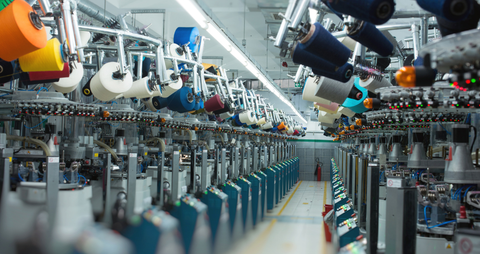Socks have been an integral part of human clothing since ancient times. From their early beginnings as a simple covering for the feet to their evolution into a high-performance athletic accessory, socks have come a long way over the centuries.
The earliest known socks date back to ancient Egypt, where they were made from animal skins and worn as a form of foot protection. These primitive socks provided a rudimentary layer of warmth and protection for the feet, which would have been especially important in the harsh desert climate.
In Europe, socks became more prevalent during the Middle Ages, where they were knitted by hand from wool or silk. The wealthy and upper classes would often have their socks embroidered with ornate designs, while the poorer classes would wear simpler, plain socks. Socks during this time period were primarily used for warmth and to protect the feet from the rough interiors of shoes.
It wasn't until the Industrial Revolution in the 18th and 19th centuries that the manufacturing of socks became more efficient, with the invention of the knitting machine. This technological advancement allowed for the production of large quantities of socks, which made them more affordable and accessible to the masses.

In the 20th century, socks continued to evolve and adapt to changing trends and technologies. During World War I, soldiers were issued socks as part of their uniform, which were made from materials such as wool and cotton. These socks were designed to provide warmth and comfort in the harsh conditions of the battlefield.
In the post-war years, socks began to take on a more fashionable role, with bold colors and patterns becoming popular. In the 1960s and 70s, knee-high socks became a popular fashion accessory for women, often worn with short skirts and go-go boots.
In recent years, socks have evolved even further, with the introduction of high-performance athletic socks designed to improve performance and reduce the risk of injury. These socks are made from materials such as polyester, nylon, and spandex, and are designed to provide extra cushioning, arch support, and moisture-wicking properties.
In conclusion, the history of socks is a long and fascinating one, spanning thousands of years and countless civilizations. From the humble beginnings of animal skin socks in ancient Egypt to the high-performance athletic socks of today, socks have come a long way and continue to play an important role in our daily lives. Whether for fashion, warmth, or performance, socks are an essential part of our wardrobe and will continue to evolve and adapt to changing trends and technologies in the years to come.




